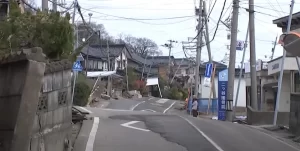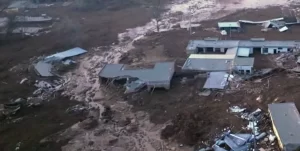Widespread liquefaction hampers reconstruction after M7.6 earthquake in Ishikawa, Japan
In the aftermath of the January 1 earthquake, the city of Wajima in Ishikawa Prefecture faces significant challenges due to liquefaction, severely impacting infrastructure and complicating relief efforts. Continuous aftershocks further hinder the restoration process, with houses, roads, and manholes notably affected. Governor Hiroshi Hase has requested a comprehensive investigation from the central government to address the escalating situation, emphasizing the need for seismic reinforcement of underground infrastructure.


